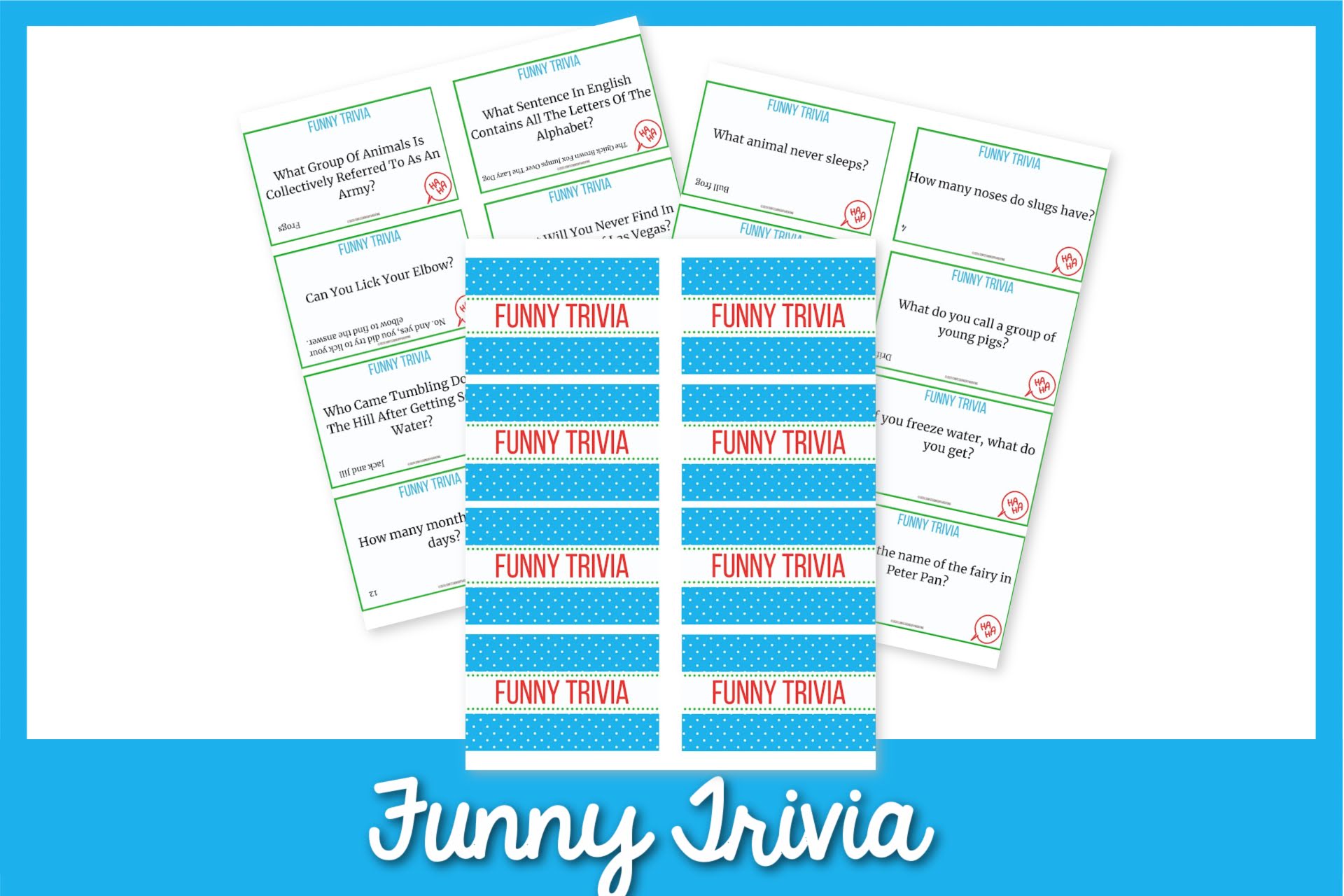


The planet is primarily made out of rocks. Since its surface is similar to our Moon, it indicates that the small planet hasn’t been geologically active for many years. It is made out of oxygen, sodium, hydrogen, helium, and potassium. Mercury has a very thin atmosphere called an exosphere. It was probably created by a big impact long ago. One of the largest is called the Caloris Basin, and it is 1.300 kilometers / 807 miles across. Mercury is covered with craters from various impacts. The planet can be seen without binoculars or telescopes, but since it is so near to the Sun, it may be hard to see in the early evening skies. Mercury is slightly bigger than Earth’s Moon, and it is also very similar in appearance to our Moon. Though it is very close to the Sun, it is not the hottest planet, that title belongs to Venus, but Mercury is the second-hottest nonetheless. Mercury is the smallest planet in the Solar System and the closest planet to the Sun. Due to the core’s unusual size, Mercury began to shrink as the core cooled and contracted pulling the surface inward.Almost 85% of Mercury’s radius is represented by its enormous iron core.Another event called the Late Heavy Bombardment which ended around 3.8 billion years ago, may also be responsible for Mercury’s cratered surface. After Mercury was formed, scientists believe that it suffered heavy bombardments by comets and asteroids shortly after.Mercury formed around 4.5 billion years ago after gravity pulled swirling gases and dust together.Mercury’s changes in temperature are the most drastic in the Solar System.At night, Mercury’s surface temperatures can drop to as low as -290 degrees Fahrenheit / -180 degrees Celsius.During the day, Mercury’s average surface temperatures can reach up to 800 degrees Fahrenheit / 430 degrees Celsius.Though it is the closest planet to the Sun, temperatures on Mercury are both hot and cold.Mercury has a radius of 2.439 km / 1.516 mi and a diameter of 4.879 km / 3.032 mi.It is the most heavily cratered planet and this means that it hasn’t been geologically active for many years. The surface of Mercury is similar to the Moon.Mercury does not have any satellites or ring systems.Despite being so small, Mercury is the second-densest planet in the Solar System after Earth.It is also the smallest planet in the Solar System. Out of all the terrestrial planets, Mercury is the smallest.Mercury is the closest planet to the Sun at a distance of 57 million kilometers / 35 million miles.It probably received this name because it moves very quickly across the sky. In Greek mythology, Mercury was known as Hermes, the messenger of the gods.

Mercury is named after the Roman god of commerce, travel, and thievery.


 0 kommentar(er)
0 kommentar(er)
